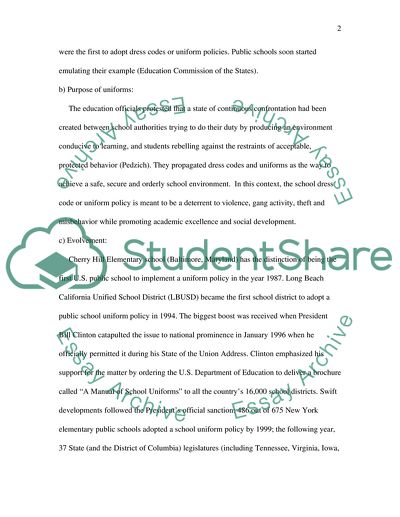Cite this document
(“Research paper in argumentative style. Dress codes in public schools- Essay”, n.d.)
Retrieved from https://studentshare.org/miscellaneous/1539317-research-paper-in-argumentative-style-dress-codes-in-public-schools-do-they-promote-a-safer-environment
Retrieved from https://studentshare.org/miscellaneous/1539317-research-paper-in-argumentative-style-dress-codes-in-public-schools-do-they-promote-a-safer-environment
(Research Paper in Argumentative Style. Dress Codes in Public Schools- Essay)
https://studentshare.org/miscellaneous/1539317-research-paper-in-argumentative-style-dress-codes-in-public-schools-do-they-promote-a-safer-environment.
https://studentshare.org/miscellaneous/1539317-research-paper-in-argumentative-style-dress-codes-in-public-schools-do-they-promote-a-safer-environment.
“Research Paper in Argumentative Style. Dress Codes in Public Schools- Essay”, n.d. https://studentshare.org/miscellaneous/1539317-research-paper-in-argumentative-style-dress-codes-in-public-schools-do-they-promote-a-safer-environment.


